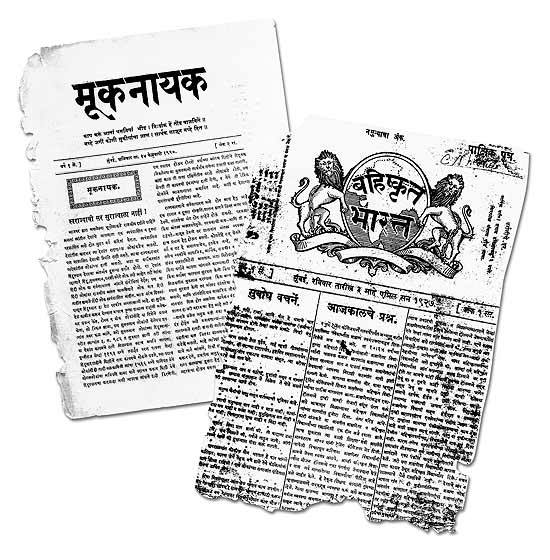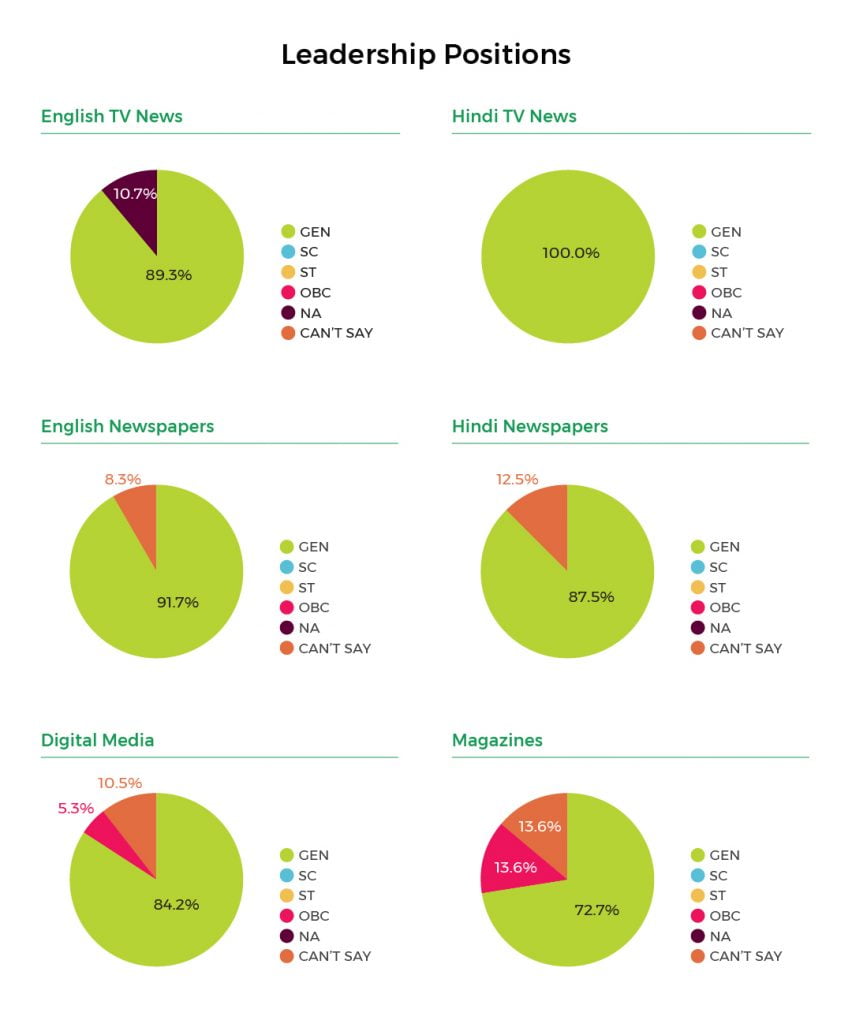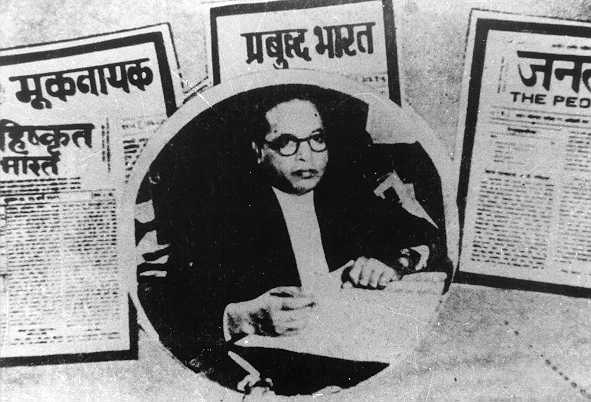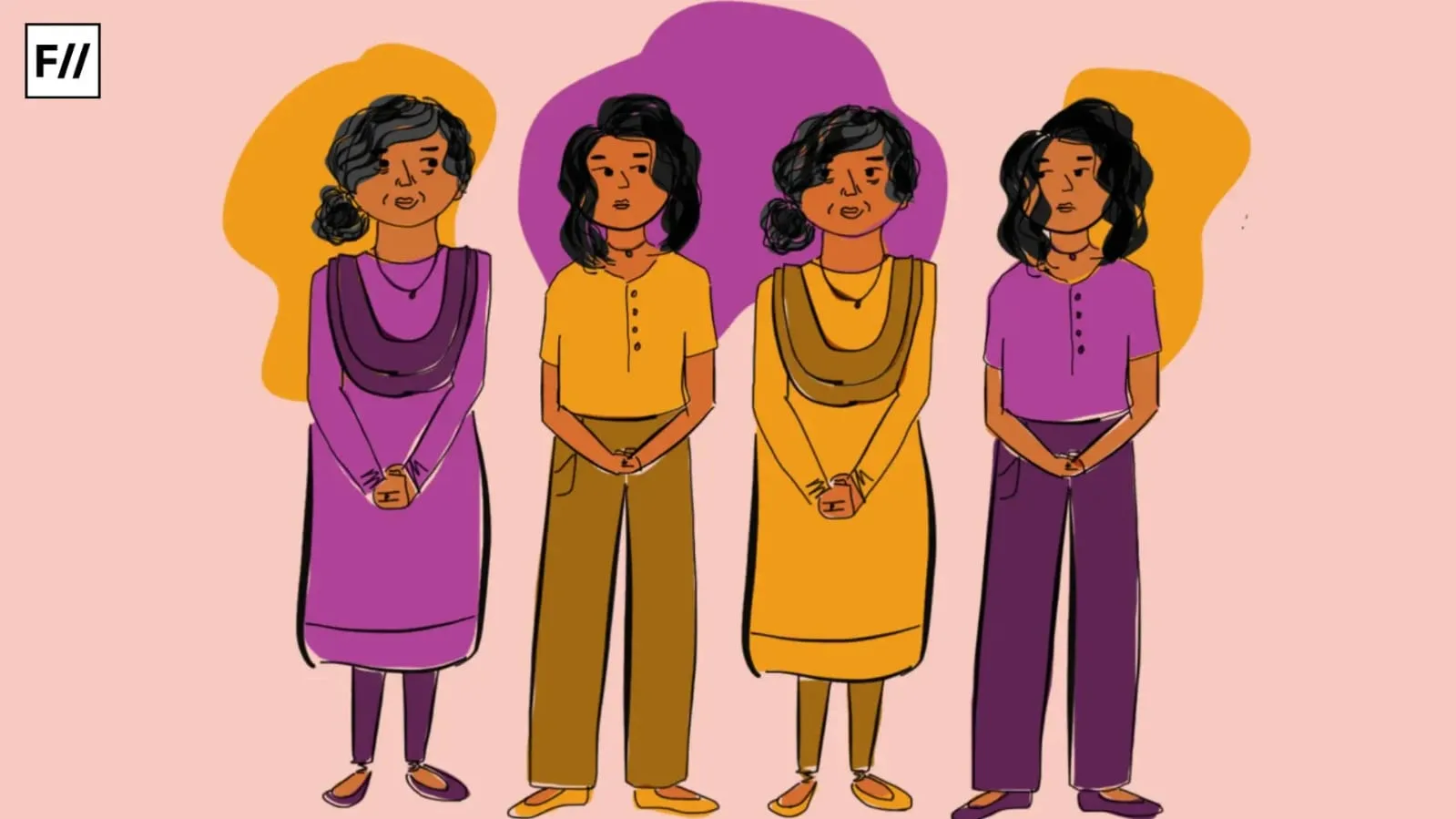Editor’s Note: This month, that is April 2020, FII’s #MoodOfTheMonth is Dalit History, where we invite various articles about historical moments in Dalit movements as well as Dalits in history who have been part of the anti-caste movement in India.. If you’d like to share your write ups, email us at pragya@feminisminindia.com.
The period of 1920s till late 1940s saw the upsurge in nationalist movement. The period also saw a rise in anti-caste movements within the nationalist movement. The 1920s were radically transformative decade for the Dalit mass movements in India. Dalit grievances were transforming into an effective political and organisational structure thus shaping Dalit mass politics during the period. The rise of Dalit journalism is seen since 1920s as mainstream media refused to speak about the struggles of the oppressed. With Mahad agitation of 1927 a series of assertive and affirmative mass politics unfolded. The agitation was a visible example of how Dalits had been deprived from public spaces and perpetually subjected to the upper caste violence.
The aftermath of Mahad agitation gave the demand of Dalits to be identified separately from the Hindus because there was almost no social cohesion between them and the dominant Brahminical ideology. The question of violence became central in the public sphere as well as the need to have a ‘mouthpiece’ to mobilise public opinions, and leaders like Dr. Ambedkar believed on newspapers to bring about a change in the lives of the oppressed classes.
The rise of Dalit journalism is also seen since 1920s as mainstream media refused to speak about the struggles of the oppressed. With Mahad agitation of 1927 a series of assertive and affirmative mass politics unfolded. The agitation was a visible example of how Dalits had been deprived from public spaces and perpetually subjected to the upper caste violence.
The leaders knew that mainstream mass media would reflect traditional caste ideology, and hence, there was a need to have a separate media altogether. Thus, the very first newspaper catering to the oppressed classes was ‘Mooknayak‘, on January 31, 1920. It ran for three years and in 1927, and then ‘Bahishkrut Bharat‘ was founded. During the 1920s, Mooknayak and Bahishkrut Bharat took bold positions on several contentious issues pertaining to religion, society and politics.

As Bahishkrut Bharat was established as a product of powerful mass agitation during the Mahad Satyagraha in 1927, it later became the mouthpiece of the Ambedkar-led Bahishkrut Hitkarni Sabha. The name of newspapers posed a satire on the prevailing structure of society like the ‘Mooknayak‘ which literally meant ‘leader of the voiceless’ and Bahishkrut Bharat meaning ‘Excluded India’.

The title of Bahishkrut Bharat was proposed during a meeting held at Bombay being presided by Dr. Ambedkar. The newspapers were a collective effort of propagating information and form a mouth piece. It received funding from Dalit activists of Konkan and Bombay who we’re participating in the Mahad agitations. Meanwhile, Dr. Ambedkar was involved in writing the reports, commentaries and editorials.
Newspapers and Editorial
These newspapers thus were very important in mobilising the opinion against caste violence in the late 1920s. The important editorials written by Dr. Ambedkar were read publicly in Dalit gatherings and helped in mobilising of Dalits in Western India. In Bahishkrut Bharat, emphasis was laid on the incapability of Hindu society to realise basic social norms and absence of social affinity within caste structure.
Various editorials, news reports and testimonies were published on violence against Dalits in western India. Different problems of society and divisions of caste were often criticised in the writings of the papers. They also strongly questioned the Congress and right-wing Hindu nationalists for their indifference and ignorance to the question of caste.
Also read: Why Dalit Women’s Contribution Needs Assertion Today
Dr. Ambedkar in one of the editorials argued that a nationalist ideology cannot withstand on the notions of ignorance towards caste. He emphasised on the absence of opportunities for individuals to intermix with another which is harmful to national unity. As a result, there are indifferences, hierarchy and violence with no scope for genuine national unity.
With the onset of Dalit mass politics in late 1920s, the mainstream media and the alternative press of oppressed became opposite to each other. During the second round table conference when separate electorates and double vote for the depressed classes were announced, the Congress, the press and the mainstream media condemned Dr. Ambedkar for it.
These newspapers thus were very important in mobilising the opinion against caste violence in the late 1920s. The important editorials written by Dr. Ambedkar were read publicly in Dalit gatherings and helped in mobilising of Dalits in Western India.
Mainstream Media
Mainstream media had clearly defined its side on who constitutes what and shaped a huge public opinion and mass politics. For the press, the Congress symbolised nationalism and national unity and there was a clear distinction among editors about what constituted nationalism and consequently, ‘Indian’ politics. Thus what was ‘anti national’ or ‘communal’ politics was categorised very systematically. Dalit non-violent protests were never seen as Satyagraha. The Mahad struggle and the Nasik temple entry movement were not considered as Satyagraha by the mainstream media but an attack on social fabric of the country.
Thus, the newspapers presented an alternative space and ideas against the dominant hegemonic ideology. However, during the anti-caste struggle and for this alternative view the mainstream media portrayed the anti-caste leaders as ‘traitors’ or ‘dividers’ of the coherent national space. Media played a significant role in the movement and saw emergence of alternative media as a form of protest from the dominant mainstream to put the ‘silenced’ or ‘unheard’ narrative. Study of media of today reveals the same distribution of power within media industry as of those times and the biased or ignored coverage or reports of caste violence.

Who Owns the Newsrooms?
Even after almost 100 years after the first Dalit newspaper was published to this day newsrooms of the mainstream media are dominated by upper caste men. The power structure of media is still the same and thus the mammoth problems are left unnoticed and uncared for by the mainstream media.
Also read: The Search For Caste Solidarity: Dalit Women In India And Nepal
There is immense potential in the internet to give power to the marginalised communities to have their own media to speak and discuss the issues concerning them freely and openly. Although the forms of alternative media like Veli Vada, Round Table India, Dalit Camera, etc. are changing with increasing participation from the Dalit community but the purpose to stand at par with the mainstream media and offer a counter-hegemonic representation is similar to what it was during the traditional media of newspapers. Apart from change in the medium, the content and the principles are same.
Featured Image Source: Velivada




